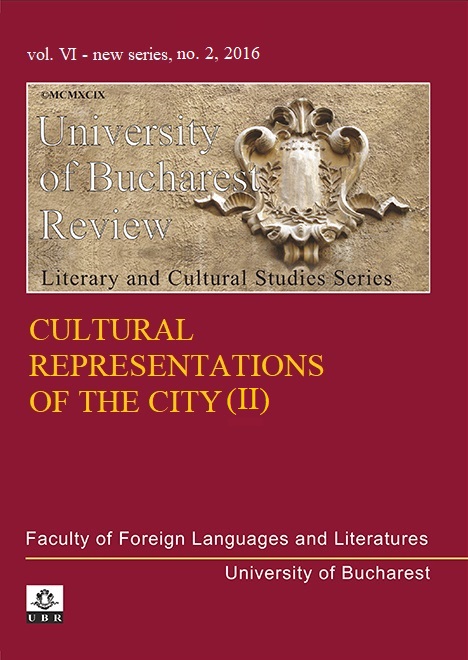CITY IMAGERY IN THE EARLY POETRY
OF T. S. ELIOT
CITY IMAGERY IN THE EARLY POETRY
OF T. S. ELIOT
Author(s): Roxana Paula TrandafirSubject(s): Poetry
Published by: Editura Universităţii din Bucureşti
Keywords: city; imagery; moral;degradation;
Summary/Abstract: In T. S. Eliot’s early poetry the city mirrors the existence of modern man:an existence in which human beings feel trapped and have come to believe that theydo not have the possibility to transcend the self anymore. In losing his sense ofmorality, his ability to choose between right and wrong, modern man has cut himselfoff from others and has denied himself the only real way of overcoming thelimitations of the self: love. The city imagery used by Eliot adds a sensory level tothe reader’s experience: we can visualize as well as hear and smell the city throughwhich the speakers in the poems move. Their inner feelings of loneliness anddesolation are enhanced by the poignant images the author chooses to use, since thespeakers themselves have become part of the life of the city. The connection withMatthew Arnold’s poem “The Buried Life” is meant to suggest that underneath thelife of the city, we may still find the real life, the buried life, that the desire fortranscendence and the need for love cannot always be covered up by the imaginaryprojection of the city. This idea, underlined by Stephen Spender in his approach toEliot’s early poetry opens up the possibility of an ethical interpretation, as well asallowing the reader an insight into how the poet’s search for an answer to “theoverwhelming question” began.
Journal: University of Bucharest Review. Literary and Cultural Studies Series
- Issue Year: VI/2016
- Issue No: 2
- Page Range: 131-136
- Page Count: 6
- Language: English

